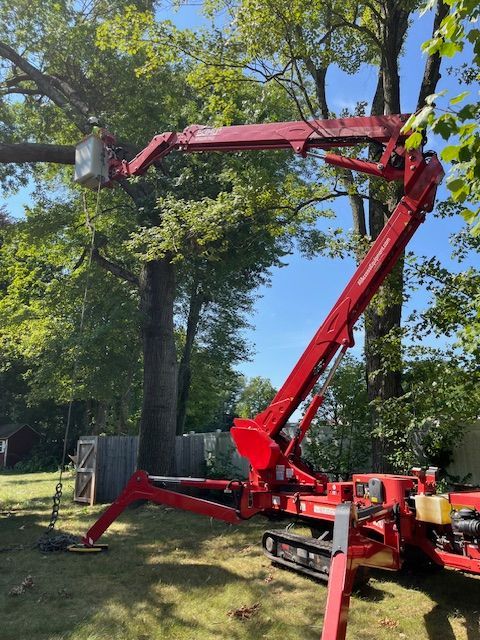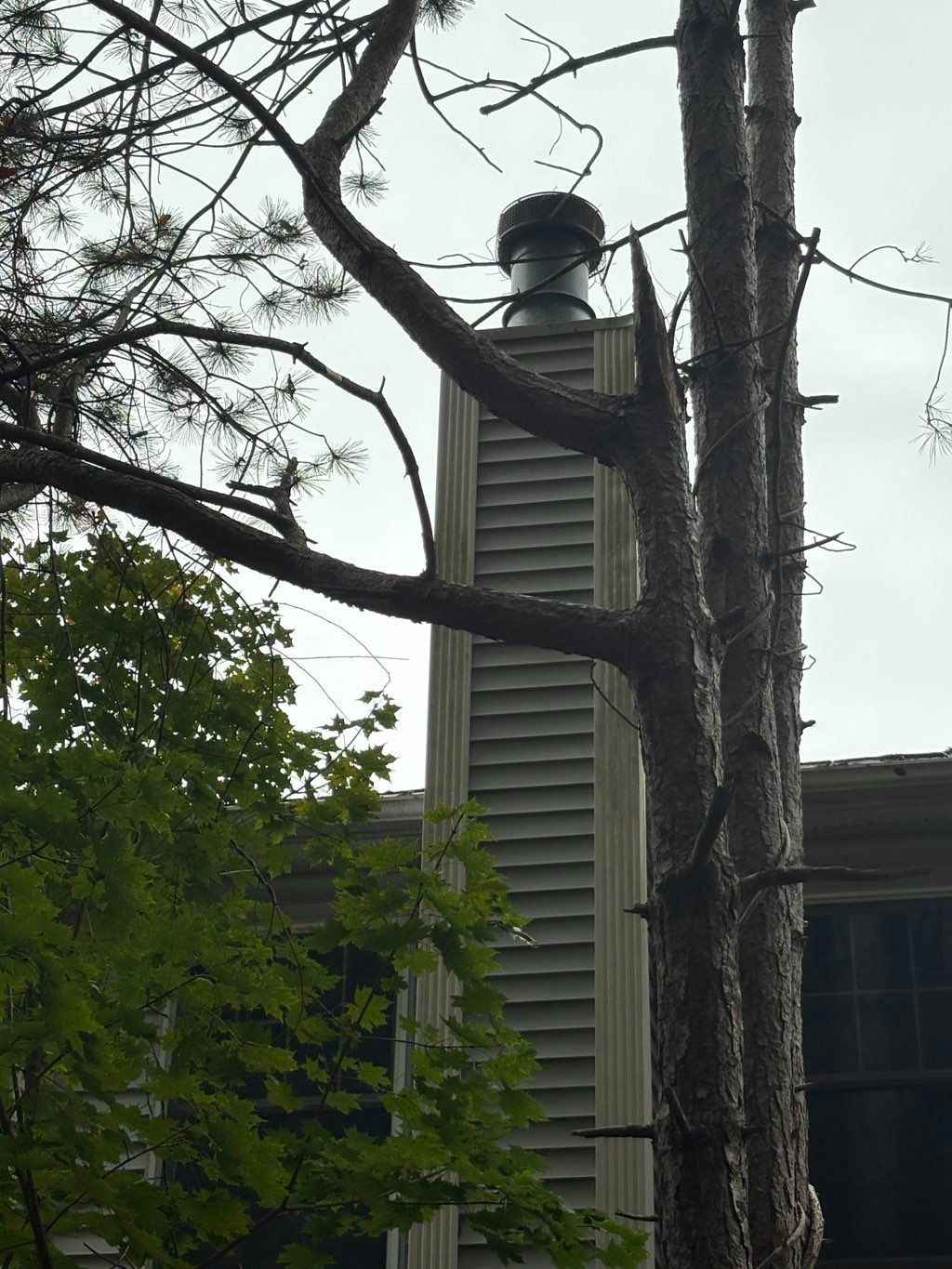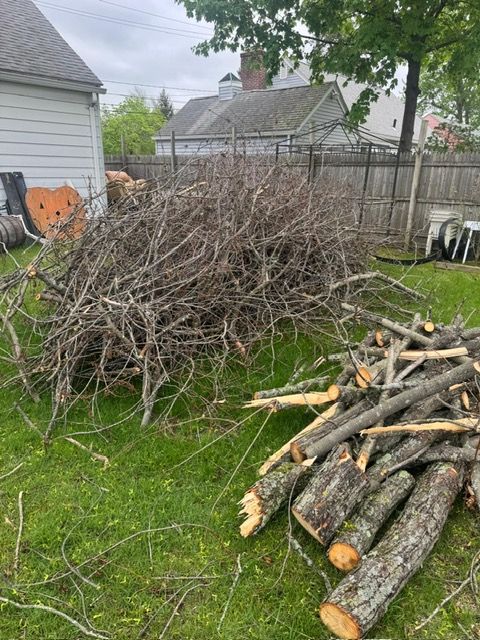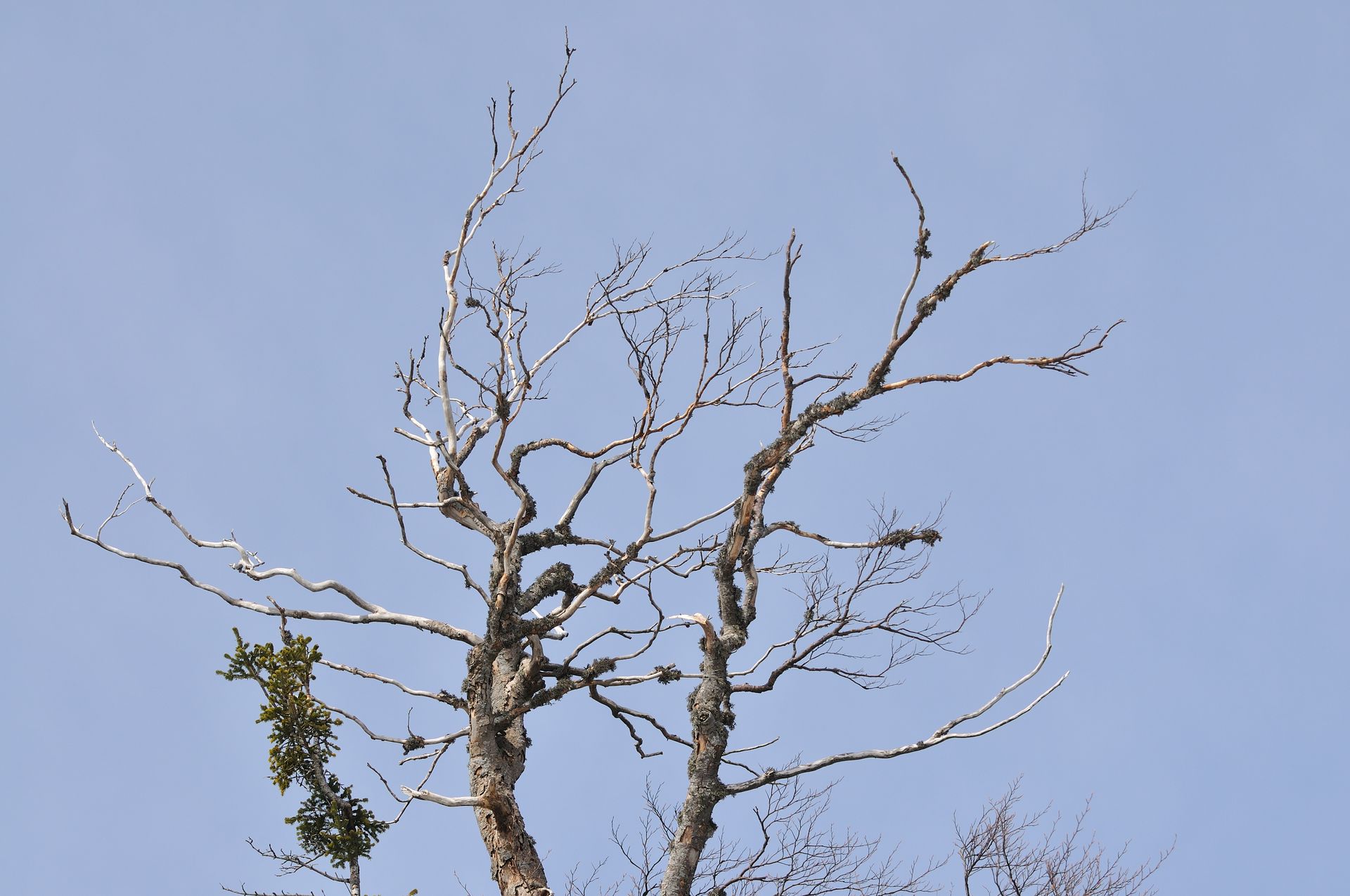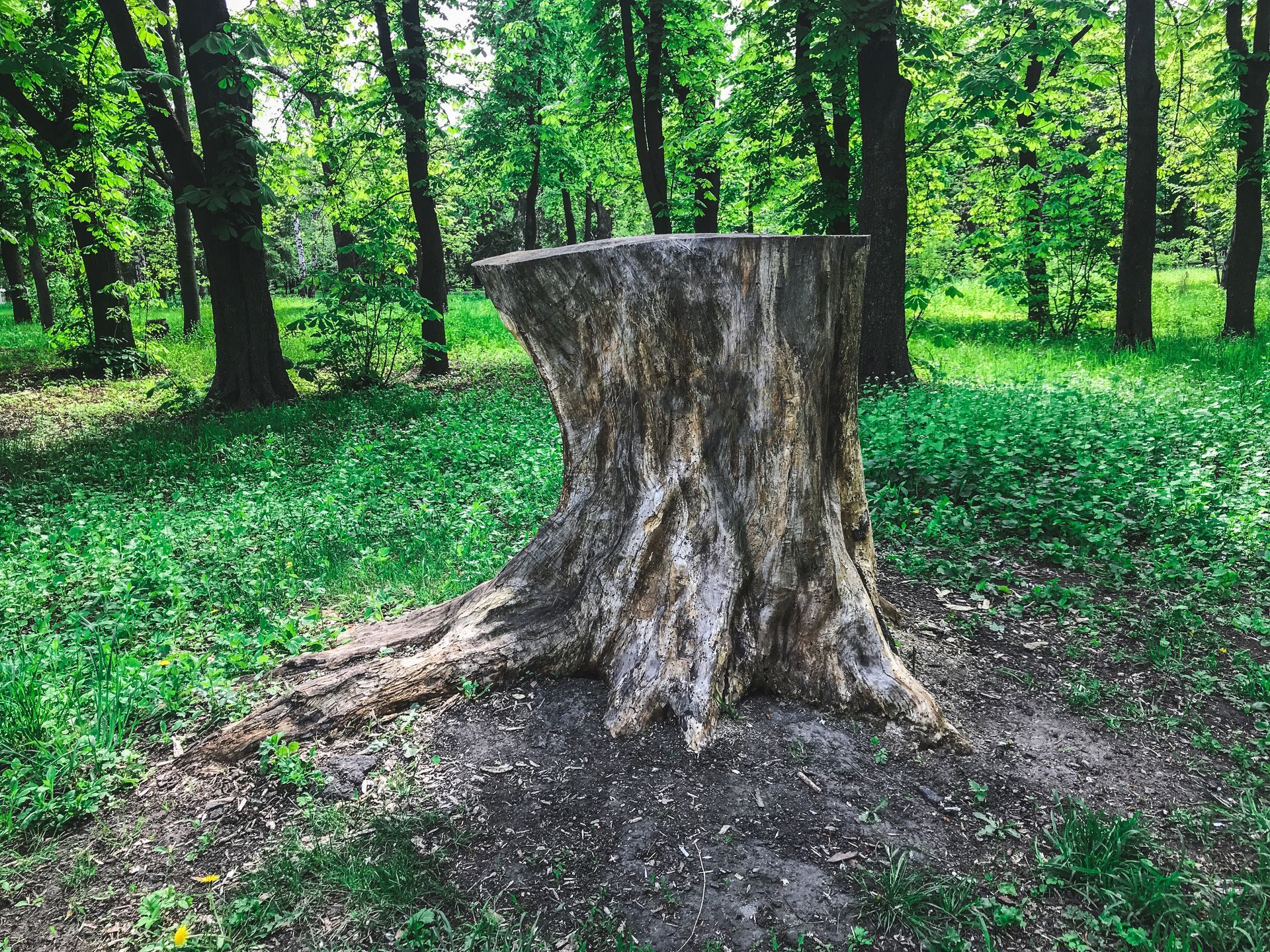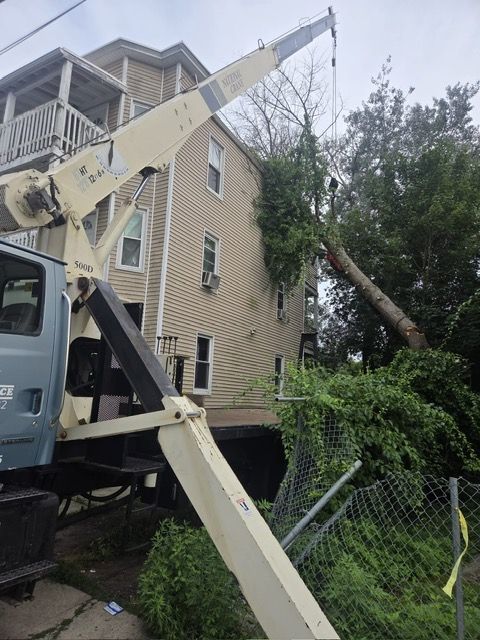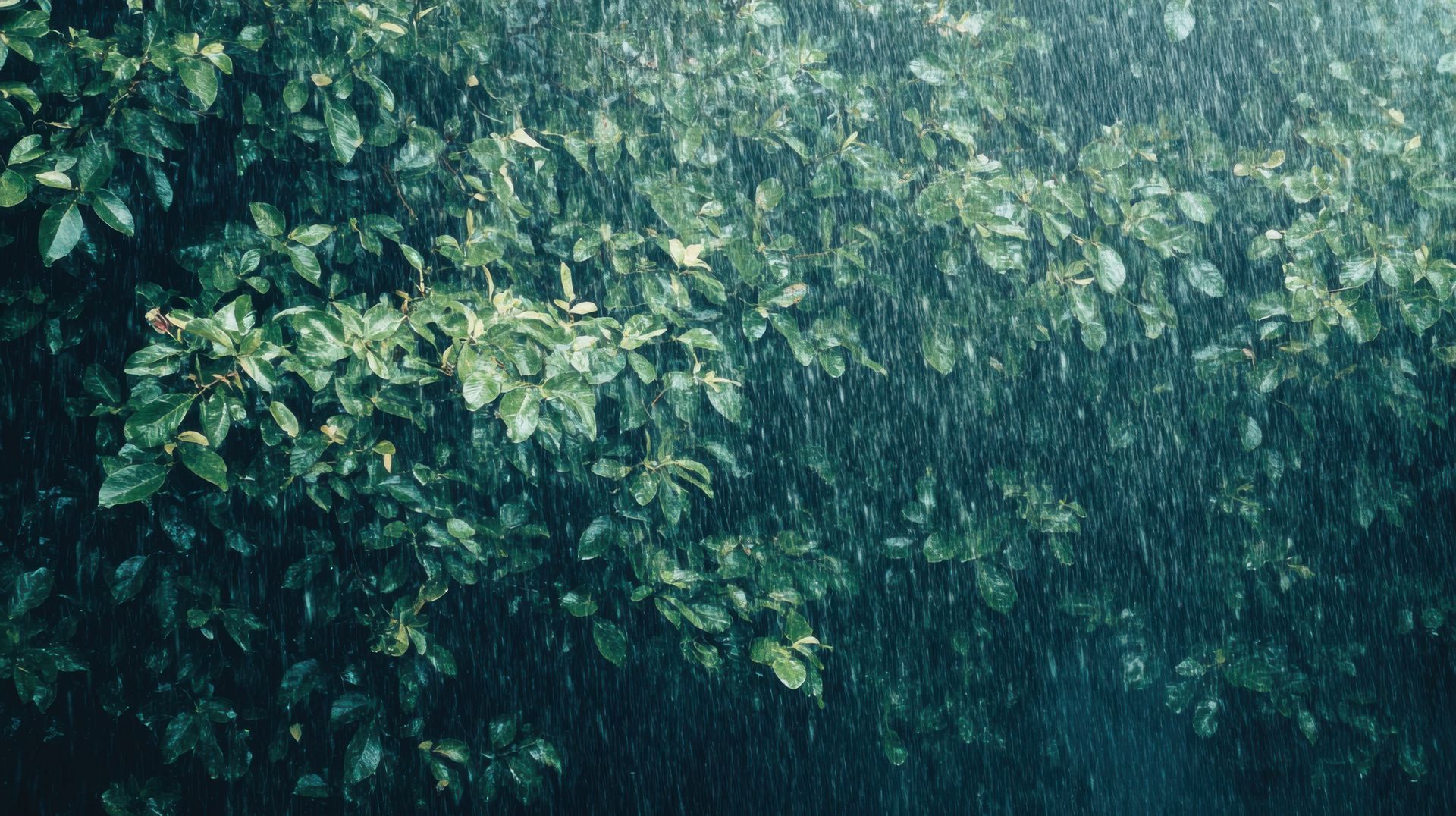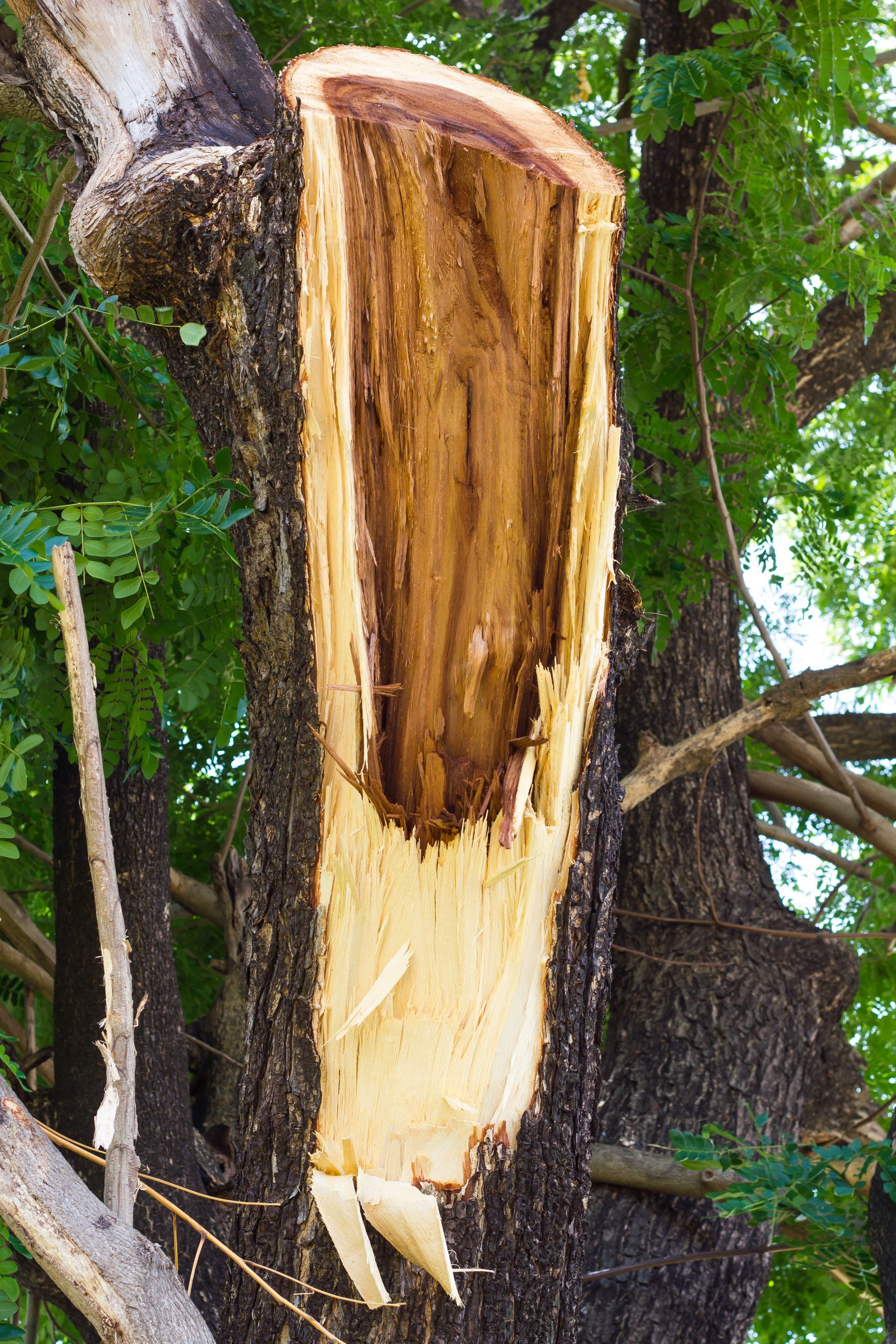What Should You Plant After Tree Removal?
What to Plant After Tree Removal
When you remove a tree from your yard, you might wonder what to do with the space. Planting something new can bring life back to the area and improve the overall look of your yard. Here are some ideas on what to plant after tree removal:
- Flowering Shrubs
Flowering shrubs are a great choice because they add color and beauty to your yard. Some popular options include hydrangeas, azaleas, and rhododendrons. These shrubs are easy to care for and can thrive in various conditions.
2. Fruit Trees
If you enjoy fresh fruit, consider planting a fruit tree. Apple, cherry, and peach trees are excellent choices for many yards. Not only do they provide delicious fruit, but their blossoms in the spring add beauty.
3. Perennial Flowers
Perennial flowers come back year after year, making them a low-maintenance option. Some great choices include daylilies, coneflowers, and hostas. These flowers can add color to your yard and attract pollinators like bees and butterflies.
4. Native Plants
Native plants are always a good choice because they suit your local climate and soil conditions well. They require less water and maintenance, making them an eco-friendly option. Check with your local nursery to find out which plants are native to your area.
5. Grass or Ground Cover
If you're looking for something simple, grass or ground cover can be a great choice. Planting grass seed or sod can help fill in the space left by a removed tree. Ground cover plants like clover or creeping thyme can also be a good option, providing a low-growing and attractive alternative to grass.
Best Stump Remover
After a tree has been cut down, you're often left with an unsightly stump. Removing the stump can be challenging, but using the best stump remover can make the job easier. Here are some effective stump removal methods:
- Chemical Stump Removers
Chemical stump removers are popular because they are easy to use and effective. These products have chemicals that help the stump break down faster, making it easier to get rid of. Be sure to follow the instructions on the package for the best results.
2. Manual Stump Removal
Manual stump removal can be an option for those who prefer a more hands-on approach. This method uses tools like an ax, shovel, and axe to dig out and cut up the stump. While this method can be labor-intensive, it doesn't require chemicals and provides immediate results.
3. Stump Grinding
Stump grinding is a great way to remove a stump. A stump grinder is a machine with a spinning blade that chops the stump into small wood chips. This is an effective method but requires renting or hiring a professional with the necessary equipment.
4. Burning the Stump
Burning is another way to get rid of a stump. You drill holes into the stump, put something that can burn inside the holes, and then set it on fire. While effective, this method can be dangerous and is not recommended in areas with strict fire regulations or dry conditions.
How to Clean Up After Stump Grinding
Stump grinding can leave behind debris, including wood chips and sawdust. Proper cleanup is essential to maintain a neat yard. Here are some tips on how to clean up after stump grinding:
- Collect the Wood Chips
The first step in cleaning up after stump grinding is to collect the wood chips. Use a rake or shovel to collect the wood chips into a pile. You can then dispose of the chips, use them as mulch in your garden, or add them to your compost pile.
2. Fill the Hole
After grinding the stump, you'll be left with a hole where the stump used to be. Fill the hole with topsoil or a mixture of soil and compost. This will help level the ground and prepare it for planting new grass or other plants.
3. Remove Excess Sawdust
Sawdust can be mixed into the soil, but too much can create an imbalance. Use a rake to remove excess sawdust and dispose of it properly. If you plan to plant grass or other plants in the area, ensure the soil is free of large amounts of sawdust.
4. Water the Area
Water the area thoroughly once you've filled the hole and removed excess sawdust. This will help the soil settle and provide water to any new plants you add.
5. Monitor the Area
Monitor the area over the next few weeks to ensure the ground settles appropriately. You may need to add more soil as it settles. If you planted grass, ensure it stays watered and watch for any bare spots that may require reseeding.
By following these steps, you can ensure that your yard looks great after stump grinding. Proper cleanup is critical to a beautiful and healthy yard, whether planting something new or simply maintaining your lawn.
Conclusion
Removing a tree and dealing with the aftermath can be a big job, but it also presents an opportunity to enhance your yard. You can create a stunning outdoor space by choosing the right plants to replace the tree, using the best stump remover, and properly cleaning up after stump grinding. Remember to take your time, plan carefully, and enjoy the process of making your yard look its best.
